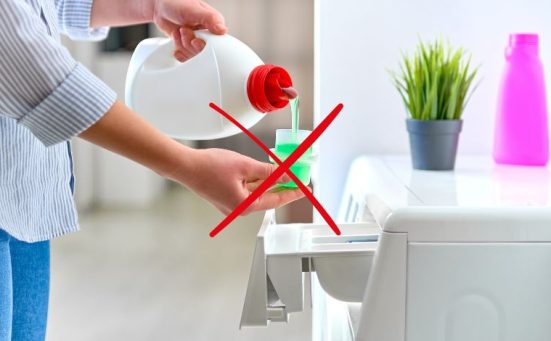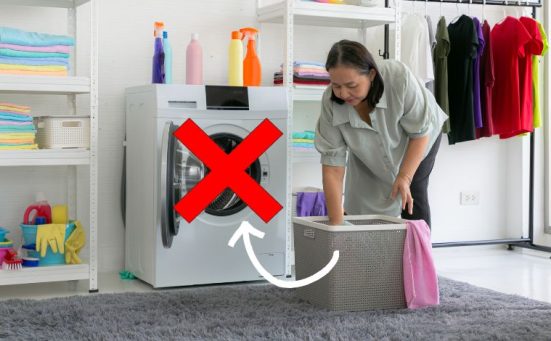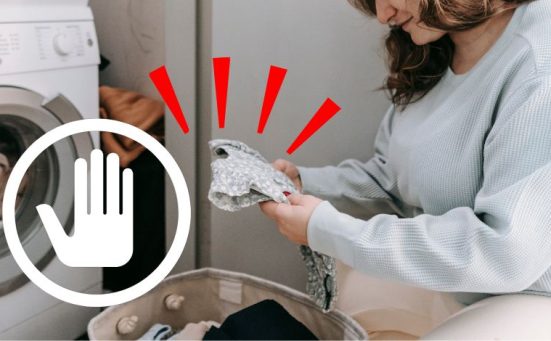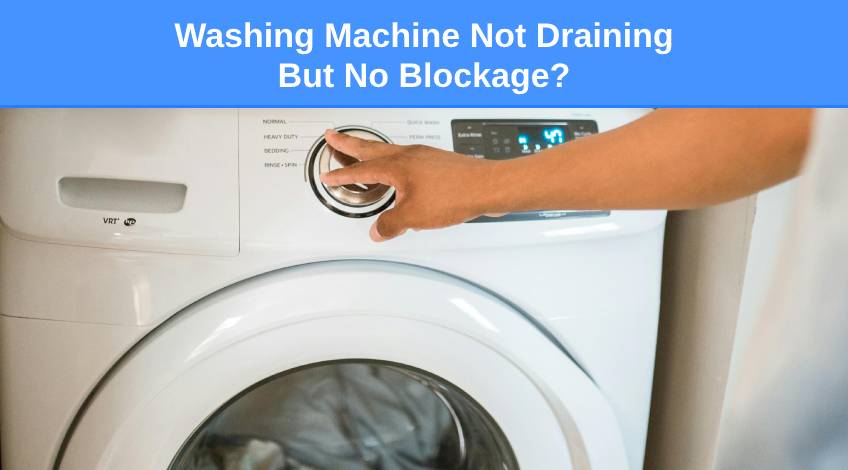
Washing Machine Not Draining But No Blockage? (here’s what’s causing it)
Once you’ve taken the time to sort your laundry and load the washer, the last thing you expect is for it not to drain all of the wastewater away after the cycle ends. Or worse still, the machine has stopped mid-cycle and the drum is full of water.
In most cases, the cause and solution for this problem are relatively easy to find and fix. Often, this issue is caused by a blockage somewhere in the appliance and with a little bit of know-how can be fixed quite quickly.
In this article I look into this issue and identify what is likely to be causing the problem as well as offering ways to fix it. Keep reading to find out more.
What Could Cause A Washing Machine Not To Drain?
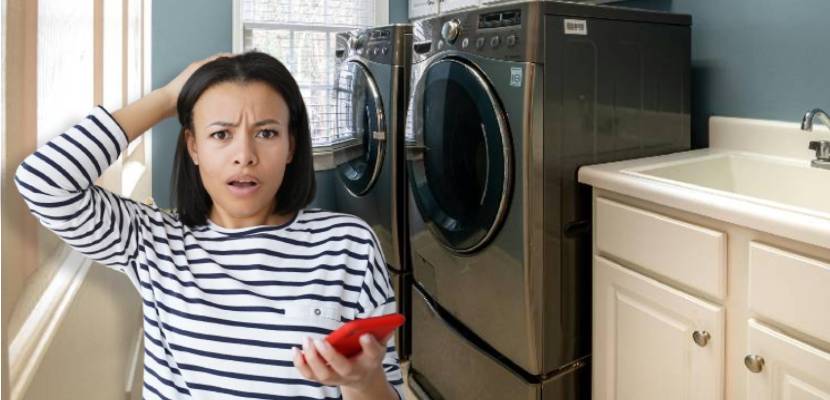
If you’ve found this article, I can assume that you’ve already checked the most obvious causes of a washer failing to drain which include;
- Clogged Filter
- Twisted Or Kinked Drain Hose
- Clogged Drain Hose
- Defective Drain Pump
- An Electrical Fault
- Control Board Malfunction
Let’s take a brief look at each of those issues before moving on;
Clogged Filter
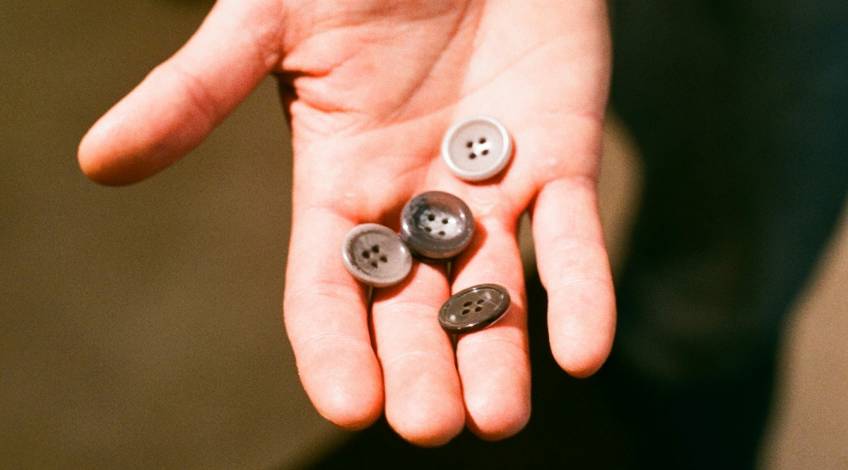
This is the most common reason for a washer to fail to drain and it’s also the easiest to fix. All you need to do is remove the filter after placing a container in front of the filter housing to collect any water.
You will need to only partially unscrew the filter and allow the container to fill with water before closing the filter again. You can then empty the container and repeat until all of the water has drained away.
Then you can remove the filter and check for any blockages. Possible items that could cause a blockage in the filter include;
- Coins
- Keys
- Screws
- Nails
- Buttons
- Bra Wires
- Hair Clips
- Rubber Bands
Basically anything left in a pocket of any clothes that have gone through the washer could find its way into the filter and cause a blockage. All you need to do is remove the offending item and then give the filter a good clean under fast running water.
Any stubborn stains can be tackled using a soft bristled brush (like a toothbrush). Then replace the filter and the problem should have been cleared.
Twisted Or Kinked Drain Hose
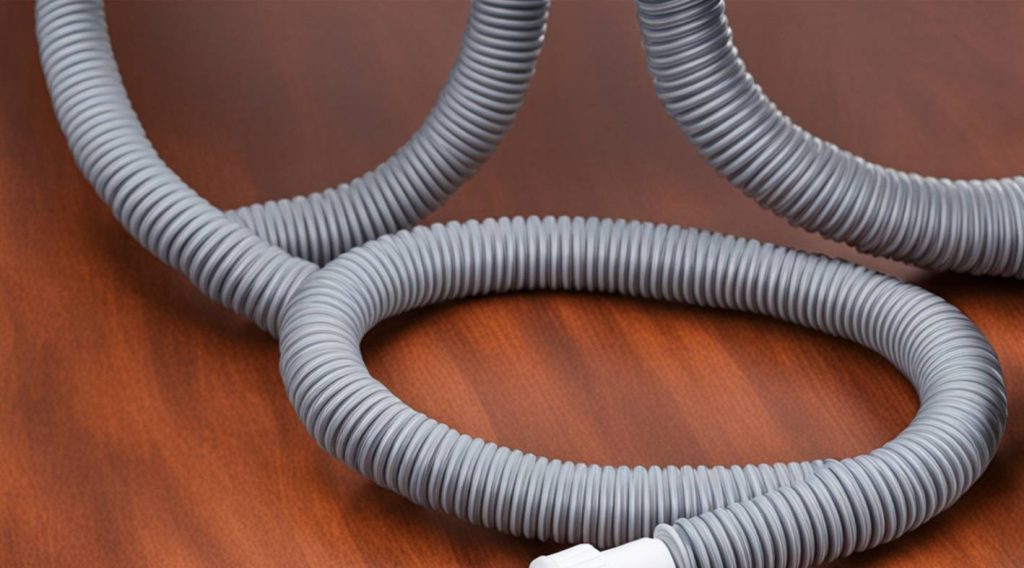
A twisted or kinked drain hose is most likely to be the problem if you have recently moved the washing machine. It’s possible that you have trapped the drain hose when pushing the appliance back into position after cleaning etc.
This is another easy one to solve, all you need to do is inspect the drain hose and straighten any kinks or twists in the hose. This will allow the wastewater to drain away unimpeded.
Clogged Drain Hose
The drain hose could become clogged due to having been twisted or kinked or it could also be caused by a larger object finding its way into the drain hose.
In many cases, the cause of a blocked drain hose can be hair (human or pet) that accumulates in part of the hose and then traps detergent residue and dirt as it flows out with the wastewater.
To check the status of the drain hose you’ll need to remove it from the standpipe or disconnect it from under the sink. Take care as the simple act of removing the hose could trigger the wastewater to flow suddenly.
Ensure you have a bucket standing by to capture any water. You will then need to push a plumber’s snake through the hose to remove any blockages.
Defective Drain Pump
Like all of the working parts on a washing machine, the drain pump is likely to break down at some point. There could be mechanical or electrical reasons for the breakdown of the pump but the result will be the same.
Namely the washer won’t drain the wastewater away. You can check on the status of the drain pump in two ways;
- Listen for a faint humming sound which indicates that the pump has electrical power.
- Try turning the pump impeller by hand to see if it turns freely.
You can access the pump impeller once you remove the filter. All you need to do is reach into the filter housing and feel the impeller. It should turn freely or show some resistance at the same point on every turn.
If you notice that the impeller doesn’t turn freely, it’s probably restricted by something that shouldn’t be there. I often find hairs or rubber bands wrapped around the impeller restricting its movement.
An Electrical Fault
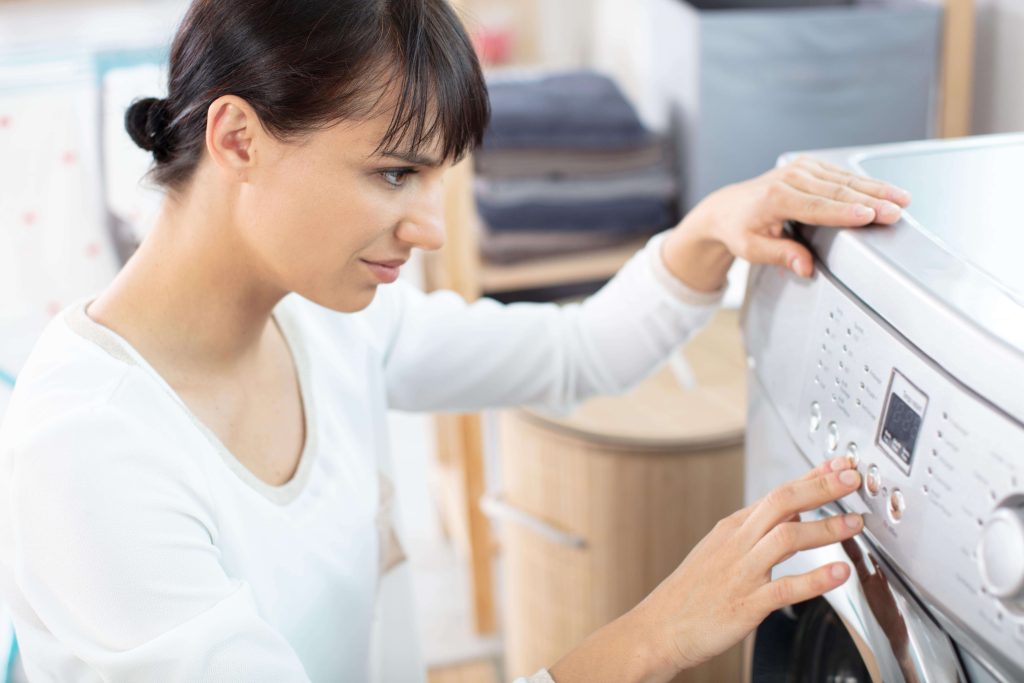
With all of the wires and connections that make up a modern washing machine, it can be difficult to identify whatever is causing the washer to fail to drain. Which is why I recommend contacting a technician to investigate the electrics for you.
Control Board Malfunction
The control board governs every function on the appliance. If it develops a malfunction, it could cause the washer not to drain. If you’ve checked everything else you will need to consider that the problem could be caused by a malfunctioning control board.
Washing machine control boards are expensive parts that are also easily damaged. Which is why I recommend getting a technician to investigate the control board if you suspect a fault.
What Else Could Cause The Washer Not To Drain?

Once you’ve ruled out all of the above, if your washer still won’t drain, it must be caused by something else. Which means you’ll need to do some more checking.
Recheck The Impeller
It’s worth double checking the pump impeller because all it takes is something small to stop the impeller from turning fast enough to create a vortex.
It’s the vortex that forces the water out of the machine so it’s really important that the impeller can spin freely.
Check The Pump Outlet Chamber
There are certain sized buttons that could slip past the filter and the impeller and then get stuck inside the pump outlet chamber where the drain hose attaches.
The only way you’d spot this is if you removed the drain hose and you actually looked into the chamber. And it’s not only certain sized buttons that can cause this problem, broken pieces of bra wire could also travel the same journey and get trapped in the same place.
Check The Sump Hose
The sump hose runs from the bottom of the washing machine’s outer drum to the drain pump. Over time the sump hose can become clogged with detergent residue, dirt, debris, hairs, odd socks, etc.
This can prevent the washer from draining. To access the sump hose, you will first need to drain the washer to prevent flooding your home.
Once drained, tip the washer backwards after disconnecting the power supply for safety. Then locate and remove the sump hose which is typically held in place using a clamp clip.
Once the sump hose has been removed you will be able to remove anything that could be blocking the flow of water from the drum of your appliance.
Check The Standpipe Or Kitchen Waste Pipe

If the blockage is not found inside the washer or in the drain hose, there’s a possibility that it could be found in the home’s drainage pipes. If the drain hose is connected to the standpipe this is unlikely to cause a problem.
This is because there will usually be a gap around the drain hose which would allow any backlog of water to spill from the top of the standpipe. However, if your washer is connected to the waste pipe under your sink, this could be the cause of the problem.
Kitchen sinks often become blocked due to grease, fat, food particles or other debris that builds up in the waste pipe and prevents the flow of wastewater. Unfortunately, if your washer is connected to this system and the waste pipe gets blocked, it will prevent the washer from draining.
The first evidence of this should be the sink filling with water which is a good indicator that the waste pipe is blocked. You can clean the waste pipe using a commercial drain cleaner, plunger or plumber’s snake.
This should then be enough to get the washer working properly and draining correctly again.
Another possibility with an under the kitchen sink connection is that the blanking piece in the spigot hasn’t been removed. This would prevent wastewater from flowing through the waste pipe.
This would be due to an installation problem and is more likely if you have recently moved home.
Check The Drain Pump
I know I already mentioned the drain pump earlier, but if you’ve checked everything else, you will need to look at the drain pump again. That’s because the check I told you about earlier, spinning the impeller by hand is usually all that’s needed to ensure the pump is OK.
However, in some cases, the impeller could be broken but still spinning on the shaft. This could make it appear that the pump is working normally but is in fact, not turning the impeller at the correct speed to force the wastewater from the machine.
Check The Suspension Rods & Springs
This is unusual but not impossible and well worth checking after everything else. If one of the suspension springs or rods has failed, it could cause the drum to drop.
This would then squash the sump hose and cause enough of a restriction to prevent the wastewater from draining. If this is the case, simply replacing the suspension rod or spring, will be enough to solve the problem.
SEE ALSO: How To Fix A Clogged Washing Machine Drain Pipe (easy way)
Frequently Asked Questions
If there is no visible blockage and yet your washing machine isn’t draining, it could be because the drain pump has failed or a suspension rod or spring has failed which has caused the drum to drop and squash the sump hose.
A bad drain pump could cause a washer not to spin. The drain pump removes wastewater from the machine during each cycle. If the pump fails it will cause a backlog of wastewater which could cause the cycle to abort and thus prevent it from spinning.
If your washing machine isn’t draining it could be because; the filter is blocked, the drain pump is faulty, the sump hose is blocked or the waste pipe is blocked.
Also, follow us on Pinterest ...

